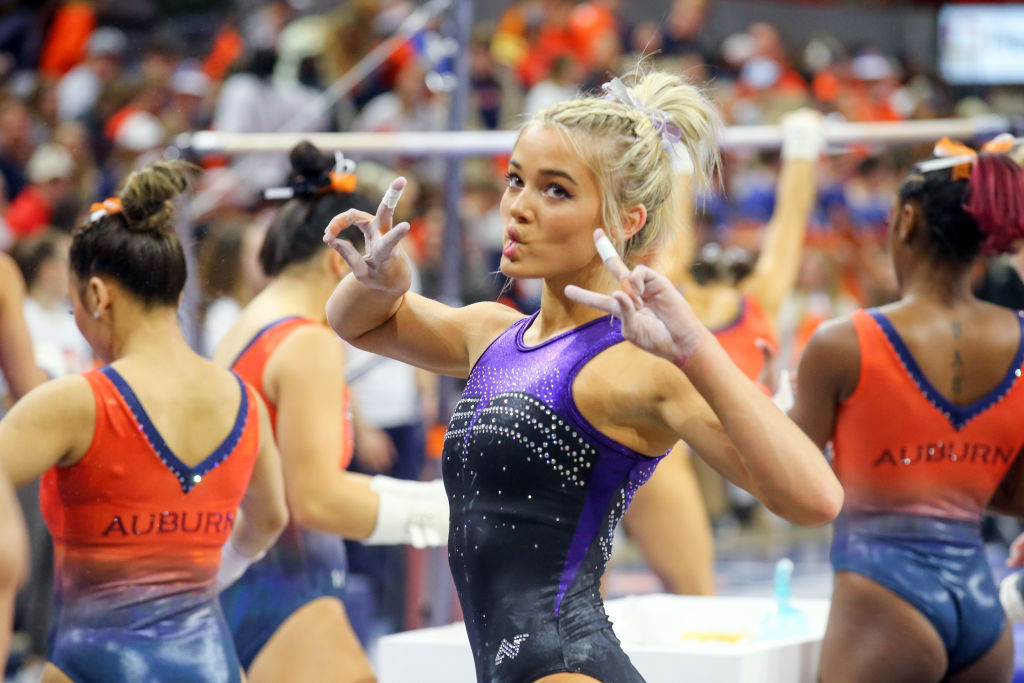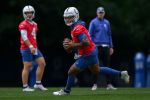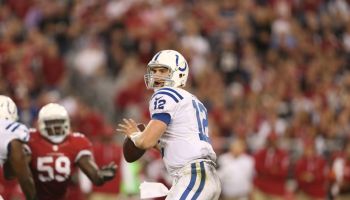If you’re anything like me, you’re probably thrilled at the prospect of making some extra cash at the betting windows in a legal, regulated sports betting market. All that “useless” knowledge you’ve had stored in your brain for years could really pay off. But sports wagering isn’t as simple as naming the MLB’s top 5 homerun hitters in 2004. Now you’re curious. They were Adrian Beltre (48), Albert Pujols (46), Adam Dunn (also 46), Barry Bonds (45), and Manny Ramirez (43). The bottom line is that no amount of performance enhancing drugs or random fact citing can prepare you for making your first bet.
So how do I place a sports bet?
Well you’ve come to the right place. I’ll start by explaining the absolute essentials. Using the Colts’ first regular season game as a reference, we’ll break down the spread, moneyline, and what really matters: your potential payout! We’ll save the over/under for a later date. You’ll likely see something similar to the odds displayed below either online or at one of Indiana’s new sportsbooks. Odds are courtesy of Fanduel Sportsbook:
That’s a lot of numerical information, but what does it all mean? (Side note: Mobile and online sports betting in the Hoosier state won’t be around until October at the earliest, so prepare to make your first few wagers in-person.)
Money, Money, Money, Moneyline
The moneyline is the most straightforward bet type you’ll ever utilize. You are simply betting on who will win the game (or match, etc.) The moneyline in our above example can be found in the middle column. Notice two different numbers: +160 (read as “plus 160”) next to Indianapolis and -186 (read as “minus 160”) next to Los Angeles. The “+” sign indicates that the Colts are considered the betting underdog; they are not favored to win the game. On the other hand, the “-“ sign tells us that the Chargers are the betting favorite.
Now here is where we get into some math. To keep things easy and consistent, we will use $100 as our base bet. If you were to wager on the Colts to win the football game, a winning bet of $100 would net you $160 (the “+160” listed in the odds above) and return a total of $260. Conversely, if you selected the Chargers, you would need to bet $186 (the “-“ number next to their name) in order to win $100, for a return of $286. As you can see, betting on the Colts offers you the chance to make more money by wagering less. Neat concept.
The Spread
If you’re looking for a write-up on Nutella, there’s no hope for you. The spread, for our purposes, is the point differential determined by oddsmakers meant to “equalize the playing field” for both teams, while keeping “public money” as even as possible on either side. The spread will change based on how heavily each side is being bet in an attempt to influence more bets for the other team. The Colts and Chargers are vastly different squads, so the spread is also meant to reflect that differential. In our game above, the spread, located in the left column, is 3.5 points in favor of Los Angeles. This means the oddsmakers believe, on average, that the Chargers are 3.5 points better than the Colts when playing out in California. The spread would be around 1 point in favor of Indy if the game took place at Lucas Oil, but that’s a discussion for another day.
So how does a team “cover the spread”? Easy. Well, not always, but it’s easier to explain. As we acknowledged earlier, a “+” sign indicates an underdog while a “-“ sign denotes a favorite. The Colts are listed at +3.5 (read as “plus three-and-a-half”), meaning that if you put money on Indy to cover, they must either win the game outright or lose to L.A. by no more than 3 points. Since you can’t score half a point in football, you would lose your wager only if the Chargers were to win the game by 4 or more points.
The funny thing is, slightly more money has been bet by the public on Indianapolis to “cover the spread”, as you’d need to wager 10 more dollars on them to achieve an equal payout on both sides (the difference between -115 and -105, listed below each spread). If this continues, the spread may shift to +3 or +2.5 as we get closer to Week 1.
Now that you’re aware of both moneyline and spread wagering and how they work, you’ll be more equipped to start thinking like a sports bettor. We’ll discuss totals betting and make a few selections next week in preparation for September 1st.
“A dollar won is twice as sweet as a dollar earned.” –Paul Newman
Photo by Michael Hickey / Getty Images













